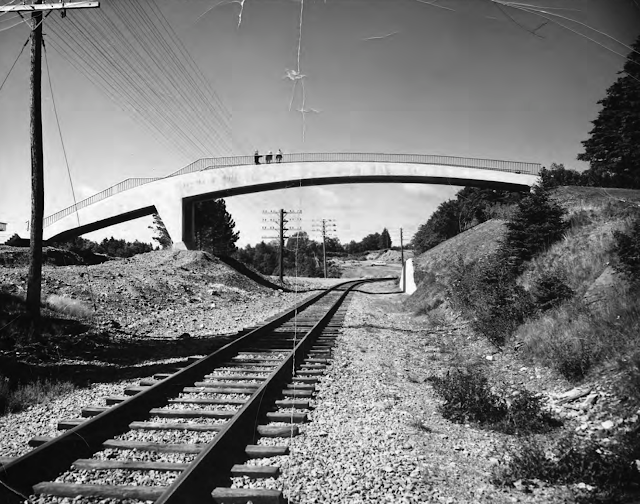Last week we visited the most adorable churchyard in Placentia to teach a cemetery conservation workshop with the O'Reilly House Museum and other heritage volunteers.
 |
St. Luke's Anglican Churchyard. Photo by Katie Crane.
|
St. Luke's Anglican Church has an ancient history. The current church was built between 1906 and 1908, but the original church that was on the site was built in 1689. Many of the stones in the churchyard are fieldstones, and there were a number of 17th century Basque stones which were removed for preservation, suggesting the use of the site as a burial ground predates the 1689 church. You can read more about the history of St. Luke's here.
 |
| Memento Mori stones for the Hobson family. Photo by Katie Crane. |
Student workers, museum staff, and other heritage volunteers met inside St. Luke's Anglican Church to listen to Dale Jarvis and Andrea O'Brien discuss cemetery conservation.
Dale talked about the Do's and Don'ts of cemetery conservation. Everyone was curious about how to properly clean and maintain gravestones in historic cemeteries, and how to make sure that information about the gravestones are properly documented using either written marker record forms, or apps like BillionGraves.
Andrea talked about how municipalities can designate historic cemeteries which can help protect them. She talked about the work that the cemetery committee and the Conservation Corps Green Team are doing in the Immaculate Conception cemetery in Cape Broyle.
Afterwards, we had a short break in the rain, so we went outside and I walked people through how to use the BillionGraves app to document the inscriptions on the headstones. The recording is a work in progress, and you can check out the St. Luke's Anglican Cemetery page here.
 |
| Gravestones at St. Luke's Churchyard. Photo by Katie Crane. |
If you want to learn more about the work that's going on in the Immaculate Conception cemetery in Cape Broyle, or why cemetery documentation and public engagement is important, you can check out the most recent HeritageNL newsletter here,
We'd love to visit more communities and help cemetery committees, museum workers, and heritage societies safeguard historic cemeteries. Have questions? Want us to visit your local cemetery and lead a documentation workshop? Get in touch! dale@heritagenl.ca or andrea@heritagenl.ca










